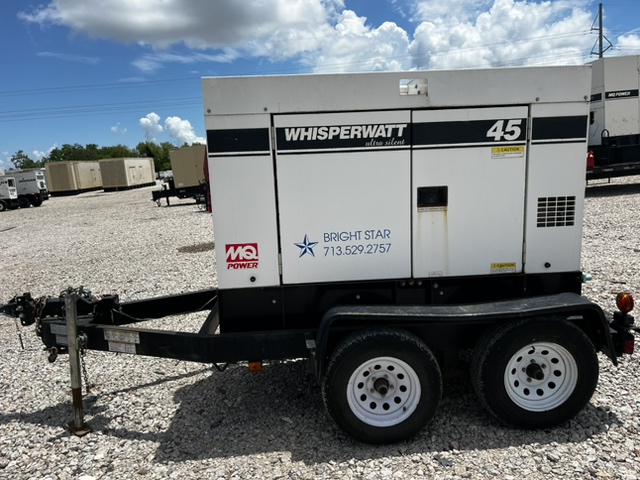Transporting anything large and heavy is tricky, but moving a natural gas generator is even more challenging. These generators are incredibly large and fragile, so you can’t treat them haphazardly. It’s an unfortunate reality of owning a generator. However, there are ways you can transport your natural gas generator safely. It’s an extensive process, but when you safely get your generator to your next job site, you can rest easy.
Prep, Prep, Prep
The first thing you need to do to ensure that the generator will be safe during transit is to prepare for the trip. Before loading the generator onto your vehicle, ensure you’ve turned everything off, including the generator and the fuel valve. Leaving the valve on will potentially cause fuel to enter the crankcase and dilute your engine’s oil.
In addition to ensuring that everything is off, you need to give your generator time to cool. If you’ve recently had the generator on, 20 or 30 minutes should be enough to cool it down. Load the generator upright as well because turning it over can spill fuel and damage the generator itself. On top of these precautions, read your owner’s manual to see if there’s anything more specific you need to do for your particular generator.
Loading and Transporting
After prepping, it’s time to load the generator onto your trailer or truck. Place your generator upright and pay extra attention to securing it. Movement during transport can damage the generator, so keep it secure with tie-down straps or bungee cords. In addition to securing the generator, you should cover it with a tarp to further protect it from damage. Aside from the tarp or cover, don’t place anything else on top of the generator.
During transport, try to drive as smoothly as possible. A consistent speed and smooth braking will help ensure the generator doesn’t move and remains upright during transport.
Don’t Forget About the Fuel
You must also transport the generator’s fuel, which is highly volatile. The first step to transporting fuel is ensuring the caps are secure so that nothing leaks. Also, label the container so that everyone knows you’re dealing with dangerous gas. You can also secure the fuel with bungee cords or put it in a truck box. Don’t keep the fuel inside your vehicle, as the fumes can still reach you through the gas container and interfere with your driving.
Follow these tips and be careful. This way, the next time you transport a natural gas generator, you can do it safely. Be sure to take additional precautions as well. Even when you’re doing everything right, something can go wrong. If you’ve had a generator break during transport or are simply in the market for a new one, look no further than Turnkey Industries. We have an extensive selection of commercial gas generators that can help you keep your business up and running!
 Turnkey Industries offers a variety of high-capacity
Turnkey Industries offers a variety of high-capacity 





